As Quick Heal IPO opens on 8 February, investors will be watching closely. The company will sell shares in the price band of INR311-321 apiece. Quick Heal IPO involves a fresh issue of INR250 crore while 62.7 lakh shares will also be sold by promoters and private equity investors. As a result, the IPO will mobilize anywhere between INR445 crore and INR451.3 crore.
Read Also: Upcoming IPOs in 2016: IPOs worth at least INR13,500 crores in pipeline
The company has already roped in anchor investors and has allocated shares worth INR133.87 crore to 10 investors. This amount will be accordingly reduced from the offer and the rest of the offer will open on Monday. In our Quick Heal IPO review, we will see if the public offer is good enough for your money.
Issue details
| IPO dates | 8-10 February 2016 |
| Price Band | INR311-321 per share |
| Issue Size | INR445 – 451 crore |
| Offer for Sale | 62,69,558 shares |
| Minimum Bid | 45 shares |
| Retail portion allocation | 35% |
In its red herring prospectus (RHP) filed with SEBI, Quick Heal said the IPO will be a mix of fresh issue and an offer for sale (OFS) by existing shareholders which includes venture capital firm Sequoia Capital and promoters Kailash Katkar and Sanjay Katkar. Sequoia Capital had invested INR60 crore in the company in 2010 and 2011 and owns 62.25 lakh shares or 10% of the equity. Sequoia Capital India Investment Holdings III and Sequoia Capital India Investments III will be selling a combined 28.13 lakh shares in Quick Heal IPO.
Average cost of acquisition for Sequoia Capital for its five year old investment works out to INR96 per share. By participating in the IPO, Sequoia Capital will receive INR90.3 crore which will free up its original investment. Accordingly, the remaining shares worth INR109.5 crore will be profit for the private equity investor. Initial investment of INR60 crore in Quick Heal has become INR200 crore – this has been a good investment for Sequoia Capital.
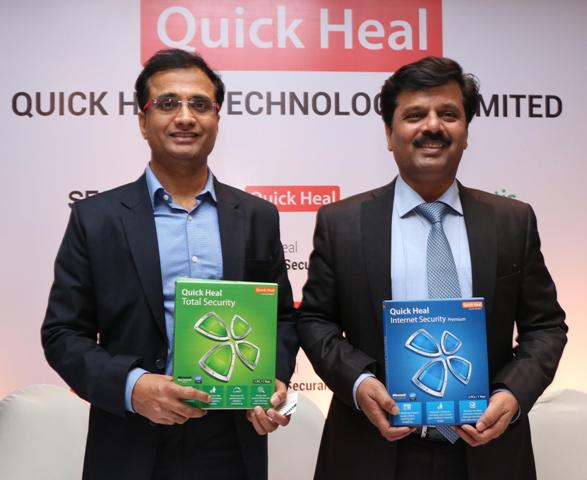
Where is the money going?
Proceeds from Quick Heal IPO would be used for research, advertising and sales promotion and upgrading purpose. Out of the INR250 crore, around INR111 crore will be channeled towards advertising and sales promotion. INR30 crore is to be spent for purchasing and upgrading office premises and INR42 crore as capital expenditure on research & development (R&D).
Quick Heal = Anti-virus
Aapke PC mein koun rehta hain – Virus ya Quick Heal? This summarizes Quick Heal’s business model. The company makes antivirus products and sells to its customers who are primarily home users, small offices and home offices (SOHO), small and medium businesses (SMBs), enterprises, educational institutions, as well as government agencies and departments. Citing a Zinnov industry report, Quick Heal claims it has a market share of over 30% in the retail segment.
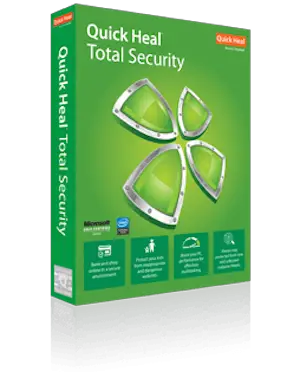 Having derived 97.31% of its revenues for the year ended 31 March 2015 from India, Quick Heal is largely a domestic player. As on December 2015, Quick Heal counted over 19,000 retail channel partners, 349 enterprise channel partners, 319 government partners and 944 mobile channel partners who act as distributors and resellers of its products and solutions. If it counts for anything, Quick Heal has a track record of over two decades of operations. As on December 2015, Quick Heal had over 7.13 million active licenses in more than 80 countries. Although the company has a sales and marketing team of 400 employees in 64 offices across 36 cities in India, its business is largely driven by channel partners.
Having derived 97.31% of its revenues for the year ended 31 March 2015 from India, Quick Heal is largely a domestic player. As on December 2015, Quick Heal counted over 19,000 retail channel partners, 349 enterprise channel partners, 319 government partners and 944 mobile channel partners who act as distributors and resellers of its products and solutions. If it counts for anything, Quick Heal has a track record of over two decades of operations. As on December 2015, Quick Heal had over 7.13 million active licenses in more than 80 countries. Although the company has a sales and marketing team of 400 employees in 64 offices across 36 cities in India, its business is largely driven by channel partners.
Overseas expansion
Ok, one may argue that Quick Heal is doing well in India but it is a small market. What about overseas? Yes, Quick Heal has expanded into foreign markets in America, Japan, Africa and Europe. Wow, that covers almost all of globe. Hold on, Quick Heal’s ventures in these markets are pretty new and the company is not making any profit in these markets. According to the red herring prospectus, the company incurred a loss of INR2.14 crore in FY15 from its foreign subsidiaries. This is small amount but remains something to watch out for as we have seen several companies in solid position in the domestic market expand in overseas markets and lose their edge and money.
Financial performance
We don’t know much about IT technologies or the merits of anti-virus products but the general rule of thumb says every activity of significance must makes economic sense and that’s why financial performance of companies matter. Quick Heal does not disappoint on this parameter and has reported excellent top line growth. From INR184.6 crore in FY2012, Quick Heal’s revenues jumped to INR294.3 crore in FY2015. In the latest six months ended September 2015, the company maintained the upward trend in revenues by posting a top line of INR152.2 crore.
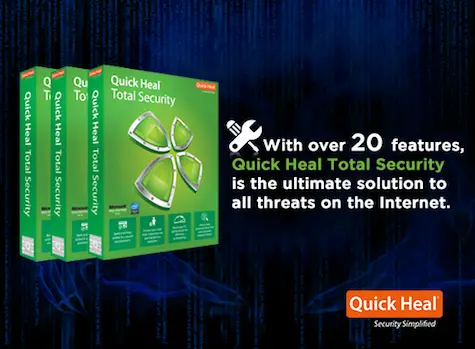
However, it is a different story on the profitability front. In the last four years, not only the profits have been inconsistent, a simple analysis shows that margins have been declining as well. This is a worrying sign as the barriers to entry in the business are not very high and thus, it remains difficult to gauge the downside in margins. However, at 15.9% in the latest six months, margins are still quite good for a business of this scale.
We also like the fact that Quick Heal had positive operating cash flows in each of the last four fiscal years. The company was also debt-free as on 31 March 2015 which means it has a strong balance sheet.
| Quick Heal’s consolidated financials (in INR million) | |||||
| FY12 | FY13 | FY14 | FY15 | H1 FY16 | |
| Total income | 1,846.6 | 2,147.6 | 2,526.3 | 2,943.4 | 1,522.7 |
| Profit/(loss) before tax | 992.2 | 1,104.7 | 1,033.6 | 798.3 | 367.4 |
| Profit/(loss) after tax | 681.8 | 769.0 | 583.8 | 538.0 | 242.2 |
| Margin (%) | 36.9 | 35.8 | 23.1 | 18.3 | 15.9 |
Looking into the future, the government’s Digital India and Smart City Plan will be key drivers for its products. At the same time, home automation and Internet of Things (IoT) are likely to drive the retail business. A key risk here remains the company’s execution skills here. Although we have no doubt about the current management’s capabilities, low entry barrier in the industry means competition can emerge from any corner.
We also like Quick Heal’s focus on research and development (R&D) to maintain its technology edge. The company employs 547 people in R&D function out of a total of nearly 1,400 employees and spent nearly INR46 crore on the function. As a percentage of annual revenues, it is around 16% which is quite high.
Should you invest in Quick Heal IPO?
Apart from the analysis above, one prominent thing to note is the management’s credibility and integrity. As we have seen in recent IPO reviews, first-generation entrepreneurs tend to have a poor consideration for corporate governance. Although Quick Heal continues to be managed by the founding brothers, it is a good sign that no objectionable transactions are noticed in the prospectus. Presence of Sequoia Capital in its board may have helped in this regard and their continuation as an investor in the company is also a positive sign.
In terms of valuations, diluted earnings per share (EPS) of INR8.69 in the latest year means the company is asking for an earnings valuation of 36.9 times at the upper end of its price band. This is a bit high for our liking but remains better than the valuations we have seen in some of the recent IPOs. There is no direct competitor of Quick Heal and it will be first of its type when it lists. As a result, its valuations cannot be benchmarked against anyone. Nevertheless, it helps to understand that Symantec Corporation – the global anti-virus leader – trades at similar multiples.
In our analysis, we like the company’s operations, growth prospects, and management pedigree. In our review, valuations are on the higher side but past operations and a solid balance sheet are the strong reasons for the premium in Quick Heal IPO.

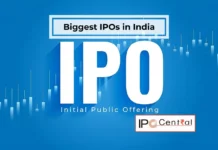









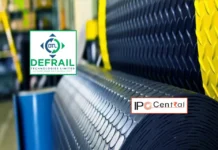
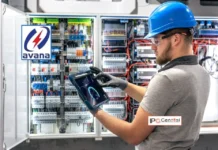


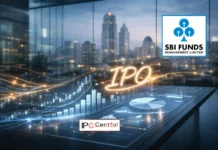







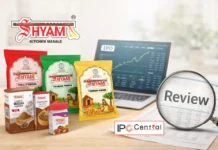











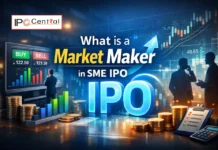

Symantec Corporation PE is around 20 not same as quick heal pls check your data
Hi David, please check Google Finance. Symantec’s earnings received a big boost from discontinued operations but I’ve compared apples to apples. P/E ratio is much higher excluding the one-time benefits.